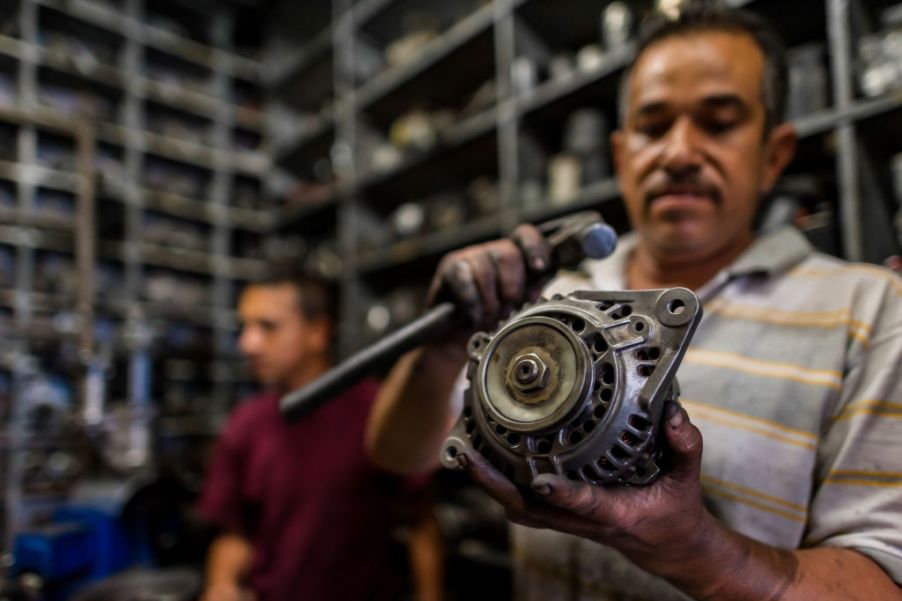
Car Buyers Beware! These Are the Most Common Problems With Used Cars
Today, many car owners are seeking out their next vehicle purchase, considering all of their options, and many have used cars as the focus of this buying effort.
Purchasing used cars give car buyers the chance to buy a vehicle at a discounted price as compared to those that are brand new, with the goal of getting more value for their money. However, nobody wants a car in the shop shortly after it has been purchased.
Car buyers should be cautious before making that purchase. When deciding on a used vehicle, there are several problems that commonly affect them.
Alternator
The alternator, according to Pep Boys Service Centers, is a piece found in every vehicle’s charging system. Most car owners have heard of this term, but are not sure what its actual process includes.
It is powered by the crankshaft and essential to the operation of the car. The alternator is responsible for powering the dash, battery, air conditioning, and other essential operations within the vehicle. Because it is an essential piece, replacing this piece can be quite pricey after purchasing the part and the labor to have it serviced.
When inspecting your car, take a look and inspect the lights and brightness on the dash. If the brightest setting does not appear to be bright, then you can expect that the alternator is on its way out.
Sensors
Another issue that has surfaced from car owners who purchased used is the short lifespan of the different motor and electrical sensors. According to another leading national service center, Meineke, these sensors can be quite problematic in used vehicles.
Over the last decade, all vehicle makes have added a large number of sensors to the different vehicle models. This requires more electrical usage and dependence, meaning more pieces that need to be replaced periodically.
After starting the car during the inspection, check the dash for any signs of failing systems on the dashboard that would immediately alert a driver’s attention.
Air conditioner
Driving in the summer months in any state below the Mason-Dixon line without an air conditioner is out of the question. Like other parts and systems throughout the car, however, air conditioners do wear out over time and require repairs in order to continue operating successfully.
During an inspection of the car, make sure to turn the air conditioner to its coldest temperature. You should expect the air coming from the vents to be very cool, often around 60 degrees as the coolest option. Each vent should also be inspected. Do this by opening them and ensuring that the air is consistently being released into the cabin of the car.
If you find a lack of air pressure or cooling temperature, then either the system needs to be refueled by a mechanic or the air compressor is failing.
Turbo
For car buyers who are looking at performance and power, they migrate to cars that include a turbo on the engine. Before purchasing a car with a turbo engine, have you or your mechanic test drive the car.
While accelerating, the driver should feel a significant power boost. Also, after parking the car, they should leave the engine idling and inspect the exhaust for smoke and signs of a cracked turbo. If the acceleration did not give that boost that was expected or emitted strange gas or smoke from the exhaust, the turbo may be damaged.
Get the final inspection
Before purchasing any car, it is critical to have a trusted mechanic that you trust personally to give the car a once-over, determining if there are any outstanding issues that you should be concerned about. These common problems are often disguised by experienced sales associates and dealerships in order to get the car to sell. Stay alert while car shopping and keep these problems in mind during the final inspection.


